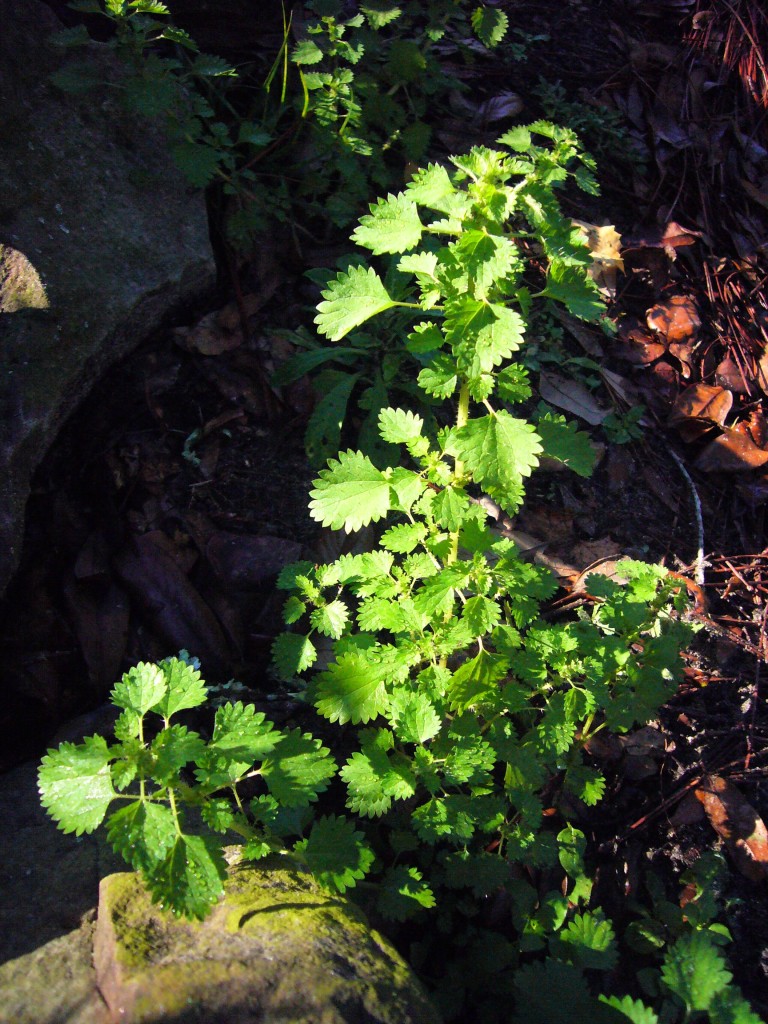
If nettles are one of your favorite greens locally you had better harvest them soon. Here in Central Florida our Heart Leaf Nettle is reaching the end of its season but is still doing well in northern Florida where this picture was taken. If you want to read more about nettles, go here. Photo by Green Deane.
There’s one little plant that can be found throughout the state all year. Whether it’s “edible” is a matter of opinion. Or, I should say while it is indeed edible many would not find it palatable. In the span of nine days I saw it from Ocala to Port Charlotte to West Palm Beach. Water Hyssop, Bacopa monnieri, is also found in coastal and border states from Maryland south and west to California excluding New Mexico. So what’s the problem with this little purslane look-alike? It’s extremely bitter. My herbalist connections tell me that is good particularly for the liver. Water Hyssop’s main claim to botanical fame, however, is that there is good research that shows It improves memory function whether you are a high school student or an aging aggregate of dust and wheeze like me. In India Water Hyssop is dehydrated then used to make tea. In Vietnam it’s steamed and served as a vegetable side dish. Others just bite the bitter bullet and toss it into salads. Bacopa monnieri has a genus mate that is much tastier, Lemon Bacopa. They are paired together in this article.
Clover is one of those wild edibles that is both overstated and understated. The overstatement is from writers who offer it as a great human food full of this and that to keep us healthy. The understated part is that it can harbor a fungus that inhibits clotting and somewhere around a half-a-cup of raw leaves can make you throw up. Individual experience, of course, can vary and there are several different species of clover with different characteristics. Pictured here is a nice little White Clover. A few leaves can be eaten raw. They are high in protein for a leaf. The blossom fresh or quickly dried can be used for tea. There is also Crimson, Red, Sweet and even Tick Clover.
When it comes to the Bolete group of mushrooms there is good news and bad news. The good news is that as long as you are healthy there are no deadly Boletes or ones that cause lasting organ damage. The bad news is identifying them in North America can be a monumental headache. The non-edible ones can make you gut-wrenchingly ill. Last year while in Port Charlotte I saw this species of Bolete and had no idea what it was. This year I was more prepared: I have fungi friends in internet places. I also started the facebook pages of Southeastern US Mushroom Identification, and Florida Mushroom Identification Forum. And I joined a few others as such as Mary Smiley’s WildMushroomHunting.Org. I will admit to also starting the facebook pages of Edible Mushrooms: Florida, and because I wanted OMG I also started Orlando Mushroom Group, which I think has three members… By the way there is an EatTheWeeds facebook page as well.
So what about these little ones? They are definitely Boletes; yellow pores with no orange, the stems turned blue just by handling and the stem also turned blue quickly inside when cut. The caps did not turn blue inside nor where they bitter. This trio were growing near Live Oaks next to Port Charlotte Harbor which is a freshwater river that gives and takes with salty Gulf of Mexico water. Identification suggestion ranged from B. bicolor (but the stem was not red) to perhaps B. sensibilius (if more information was available.) At the moment it stands as B. rubricitrinus, as relayed by Mary Smiley from the mushroom expert Arleen Bessette. Like most of the Boletes I find, not edible though “Rogers” lists it as “edibility not known.” They are said to be very common in Florida.
Some may find it surprising that I don’t forage for nutrition. I’m an advocate of eating real food and eating more like your great grandparents than your parents. However, I also argue that many wild edibles have more nutritional value than their cultivated relatives. I mention said nutrition in class when I know it. For example, Bidens alba, Spanish Needles, has twice the nutrition of spinach. Purslane is 14% melatonin and high in omega-3 fatty acids. Wild plants are in constant competition with their pests. The upper hand ebbs and flows. Plants fight back with many of the chemicals we call nutriments. They also fight back with many of the chemicals we call toxic. So there is a bit of a dance there and choosing your partner wisely. In the following guest article Capt. T.C. Lance, author of Forbidden Healing, gives us his views on the topic. We met a couple of years ago at one of my foragings.
The plant kingdom contains a wonderful array of nutrient molecules essential for the health and healing of us higher-ups on the food chain. Beyond obvious carbohydrates, fats, proteins, minerals, and the ABC vitamins… another valuable class of compounds has emerged; namely polyphenols.
My research into the basic causes/cures of disease established that cellular degradation, like the disintegration of all complex molecules, is due to oxidative stress, aka inflammation. Oxidation is the loss of electrons; the energy and actual subatomic glue that propels us and holds us together. Anti-oxidants are electron rich molecules that protect cell structures to oppose it. They are produced in plants to offer them the same cell protection we enjoy second hand and antioxidant levels are logically elevated in plants that are stressed. Polyphenols are a group of antioxidants with a special mission and ability due to their electron-packed ring structures.
Polyphenolic content is the common denominator in a broad range of therapeutic herbs, spices, fruits, vegetables, and weeds. Their value in the prevention and reversal of cancers, infections and other chronic diseases has been shown in many studies popularizing blueberries, turmeric, grapes, etc. (see greenmedinfo.com database), but there are tons of polyphenols across the board…just look up the contents of any edible and collect the treasure; phenolic acids, flavonoids, flavones, stilbenes, and lignans. These are the polyphenols that represent value if you can recognize them by name:
Phenolic acids are found in berries, tea leaves, onions, coffee and in whole grains, with heirloom maize being a rich source. Flavonoids are present in many fruits and green leafy vegetables like onions, kale, broccoli, cabbage, and in red wine and tea. Flavones are found in parsley, celery, tomatoes and the skin of citrus fruits. Isoflavones are deemed phytoestrogenic due to their molecular similarity to the hormone and are found in leguminous plants like soybeans. Flavonols come in red wine, green tea, chocolate and many fruits. Anthocyanins are easy to spot in red, blue or purple berries, fruits and vegetables. Lignans are prevalent in flaxseed, algae, lentils, wheat, garlic, asparagus and carrots. Stilbenes include the highly valuable anti-aging compound resveratrol, found in red grape skins and Japanese knotweed (Fallopia japonica).
How they work:When a system comes under oxidative stress and electron charge declines, metal molecules produce dangerous hydroxyl radicals (to make matters worse). Hydroxyl free-rads begin a chain reaction of oxidative damage to fat molecules in cell membranes crippling their ability to transport oxygen and thus mitochondrial production of more life-energy electrons. Without energy, cells/DNA become dysfunctional and eventually cancerous from lack of oxygen…unless polyphenol molecules come to the rescue halting the hydroxyl chain reactions and thus inflammation.
So when foraging fields and markets, keep in mind real values in what you seek and add to the sack. I figured that out after taking a pricey supplement and coincidentally finding that that very substance in botanical literature was literally growing in a pot near the back door. I harvested elderberries last summer and found that along with a spread of vitamins, flavonoids and anthocyanins they top ORAC charts (oxygen radical absorbance capacity). Fortunately many of the high-content plants have been used medicinally and nutritionally since ancient times and are now domesticated, but lesser known jewels are out there like Spanish Needle, pine needle, clovers, smilax and purslane. Bee pollen and propolis provide a spread of local goodies gathered by experts. We are ultimately electrical creatures feeding on electrons gifted by the sun
If you have a short article about preparing or consuming edible wild plants you want considered for the newsletter please send them to Green Deane via the newsletter email address.
Upcoming foraging class schedule: Saturday, February 22nd, Spruce Creek Park, 6250 Ridgewood Ave. , Port Orange, 32127, 9 a.m. Sunday, February 23rd, Mead Garden, 1500 S. Denning Dr., Winter Park, FL 32789, 9 a.m. Sunday, March 2nd, Colby-Alderman Park: 1099 Massachusetts Street, Cassadaga. Fla. 32706. 9 a.m.
This is a reminder the Florida Herbal Conference 2014 will be held in Deland in a little over a week. Among the teachers this year is Susan Marynowski from Gainesville. She will be leading classes on Naming & Knowing Medicinal Plants of North Florida; and A Green End to a Green Life: Herbs In Death and Dying. For the third year in a row I will be leading weed walks at the conference. Two other Florida experts will be teaching classes as well. They are Andy Firk, who holds a wide variety of workshops throughout the year at his “Bamboo Cove” in Arcadia, and Mycol Stevens, Earthskills’ past host from Gainesville.
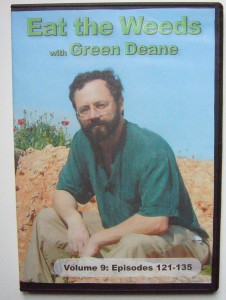 Though your foraging may drop off during the winter it’s a great time to study wild edibles with my nine DVD set. Each DVDs has 15 videos for 135 in all. They make a great gift. Order today. Some of these videos are of better quality than my free ones on the Internet. They are the same videos but many people like to have their own copy. I burn and compile the sets myself so if you have any issues I handle them personally. There are no middle foragers. And I’m working on adding a tenth DVD. To learn more about the DVDs or to order them click here. I also uploaded a new video to You Tube recently. This one is about Cereus fruit. It is not on the DVDs but you can see it here.
Though your foraging may drop off during the winter it’s a great time to study wild edibles with my nine DVD set. Each DVDs has 15 videos for 135 in all. They make a great gift. Order today. Some of these videos are of better quality than my free ones on the Internet. They are the same videos but many people like to have their own copy. I burn and compile the sets myself so if you have any issues I handle them personally. There are no middle foragers. And I’m working on adding a tenth DVD. To learn more about the DVDs or to order them click here. I also uploaded a new video to You Tube recently. This one is about Cereus fruit. It is not on the DVDs but you can see it here.
What Do You See #3. Can you find five different edible species in the photo directly below? The answer will be published here next week or you can read it now on the What Do You See? board in the Green Deane Forum. Further below is the answer to last week’s What Do You See? #2
What Do You See #2: In the picture above there are five edible species, two of these edible should be well-known and one is easy to identify. The first is #1, Henbit. There’s also a little Henbit under the Number 2. Number 2 is surrounded by chickweed. Number 3 is very easy to ID if you know what you are looking at, the heart-shaped seed pod of Shepherd’s Purse… or purse shaped… It’s leaf is, vertically, directly below the seed pod, looks a little dandelion-ish in the photo but not in real life. It’s a mild green. While it’s a common plant, Ocala is the only place I see it on a regular basis. Unlike it’s relative Poor Man’s Pepper Grass, it is highly seasonal. I see it here only in cool weather. Number 4 is perhaps unfair. It is Drymaria cordata, a chickweed stand-in that is native to the Caribbean islands. The orange seedling is oak, just in case you were wondering. It also seems I have to write an article about Shepherd’s Purse….
https://www.eattheweeds.com/henbit-top-of-the-pecking-order/
https://www.eattheweeds.com/chickweed-connoisseurs-2/
https://www.eattheweeds.com/drymaria-cordata-kissing-cousin-chickweed-2/
To donate to the Green Deane Newsletter click here.

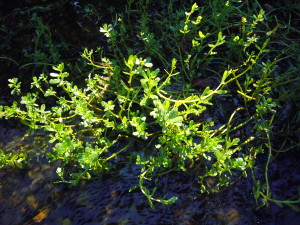
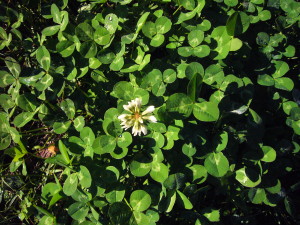
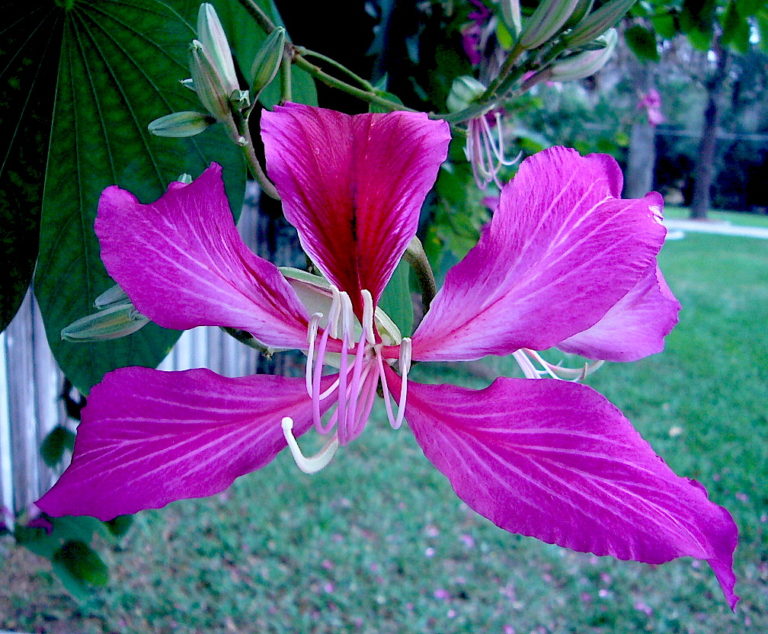
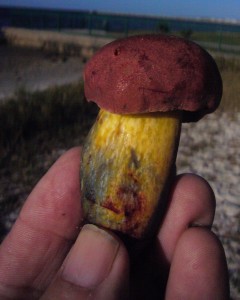


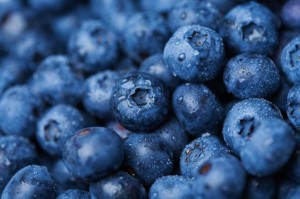
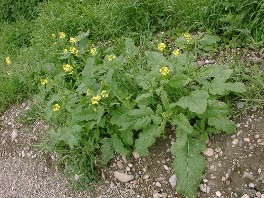
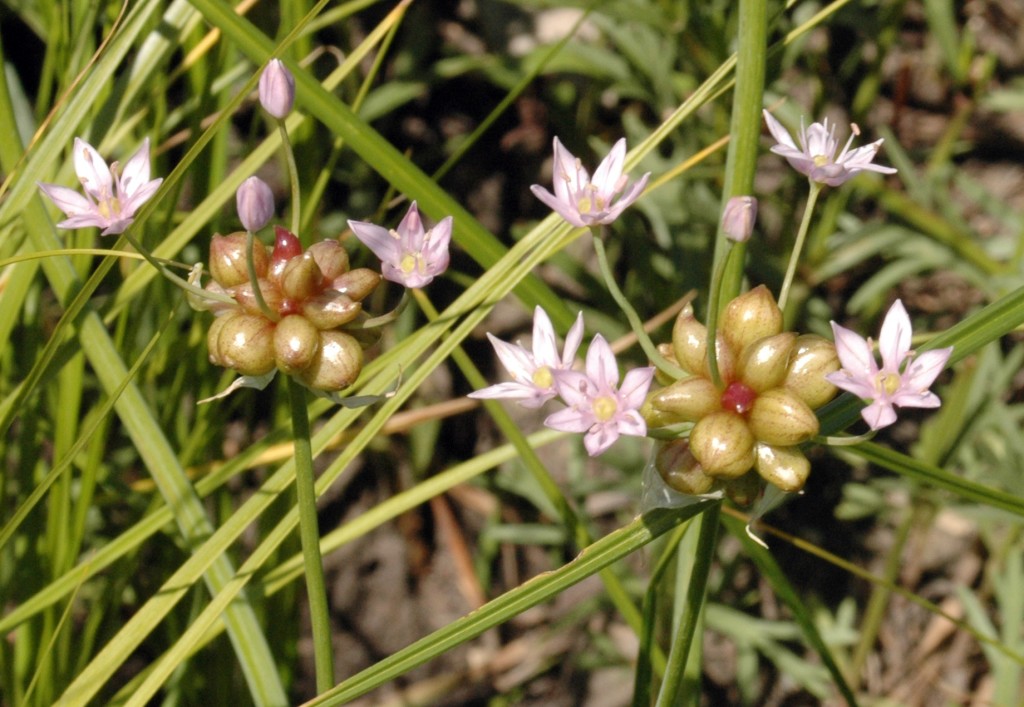
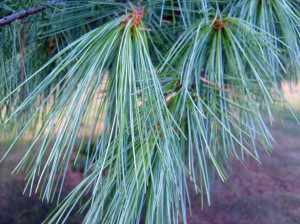
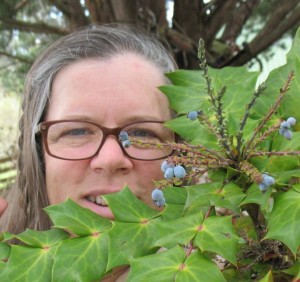
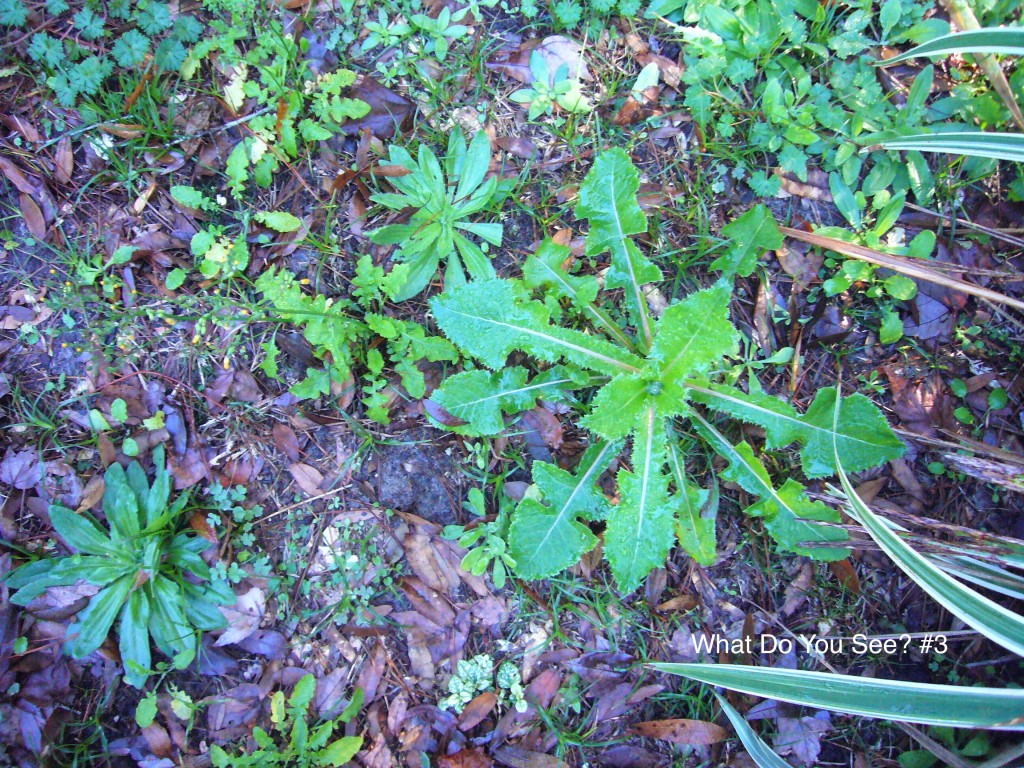
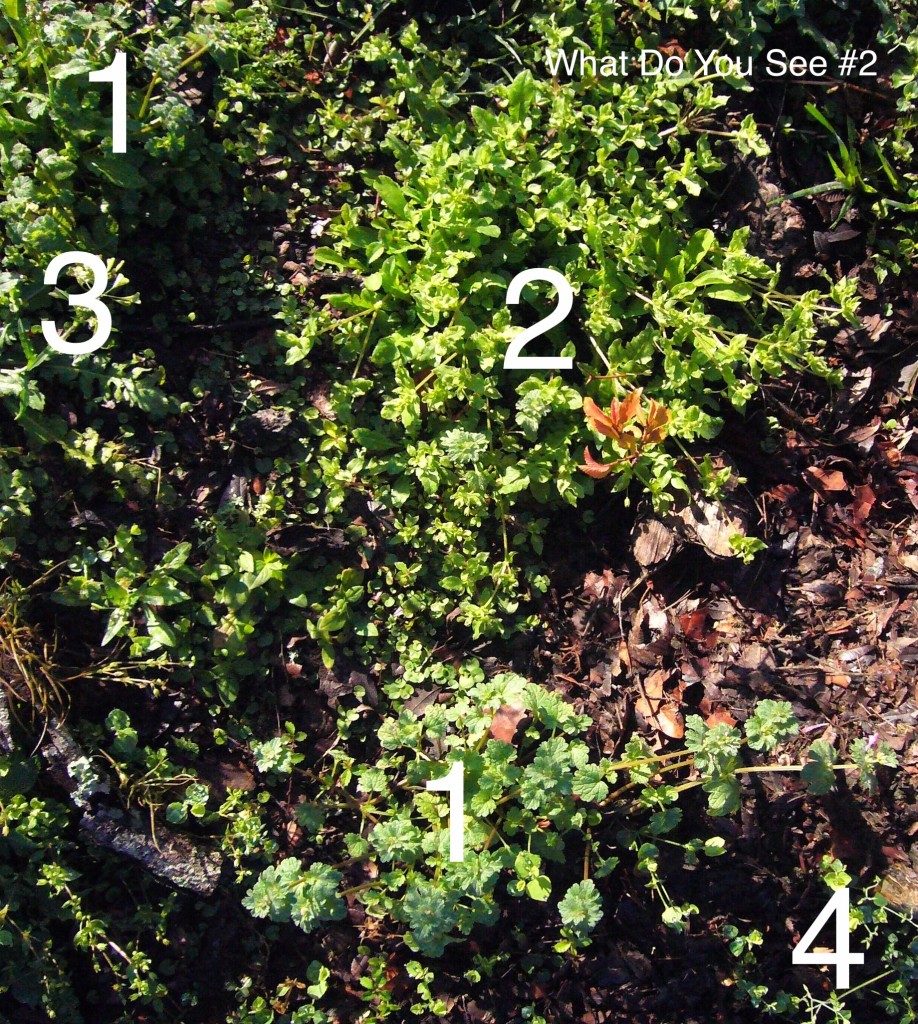

Carolina Geranium, Sow thistle leaves, cudweed and I think the little tiny yellow flowers are Crepis japonica
You’ve missed two edibles. The answer will be published next week in the newsletter, or you can see it now in the Green Deane Forum under What Do You See?
In simple chemistry they speak of oxidation – reduction as well as oxidizing and reducing agents. They have even related that to the well known conepts of Acids and Bases. According to my long experience as a chemist these concepts together with redox reactions constitute almost the whole discipline of chemistry. Although there is no absolute definition of the “ electron “, the author of the Guest Article has managed quite skilfully to explain the role of the electron in life in general. I am quite impressed by the expression “ Bee pollen and propolis provide and spread of local goodies gathered by experts. We are ultimately electrical creatures feeding on electrons gifted by the sun. “ ( Let me add – which is gifted by GOD our LORD. ) However, the DNA/Cancer part may require some elaboration. This is why I resorted to “ Forbidden Healing by Capt. T.C. Randall. Finally, Sir, I should be grateful to know the difference between “ Capt. T. C.. Lance “ and “ Capt. T. C. Randall “. Many thanks for the useful and enjoyable info.
WOW! Looks like my yard #3(acreage) I’m a natural farmer and didn’t know it! My friend just sent me your writings and this is so, so interesting! Good for you doing this…………my weeds are organic too, i don’t use sprays! I knew i could eat a few of these, but definitely not the nettle! Now i know i can eat those too. Although, have never eaten any of these; only purslane w/mexican seasonings, not bad! Also, i can have a fresh weed salad along with my dehydrated meals! need to request this newsletter I think i see dandelion, nettle and mustard………..i’ll find out next week. Thank you! :o)